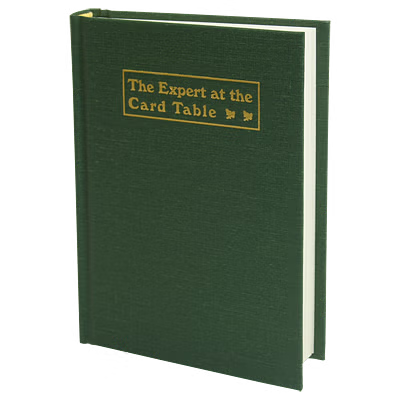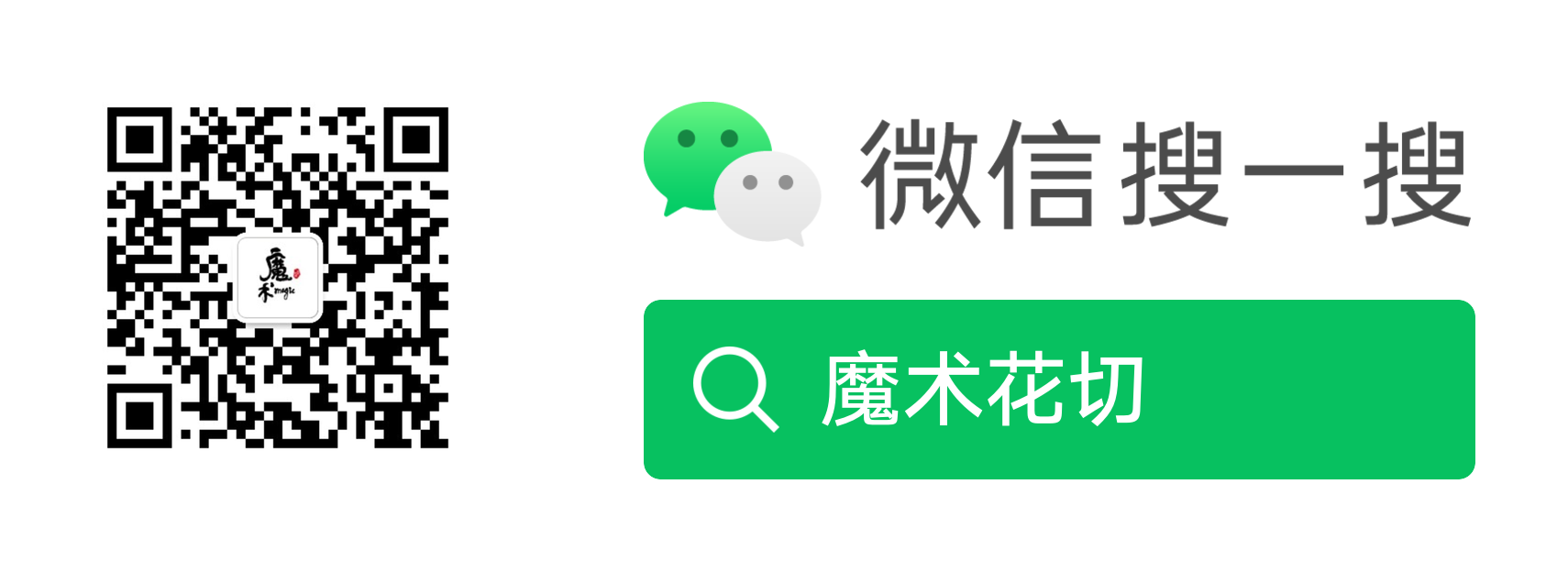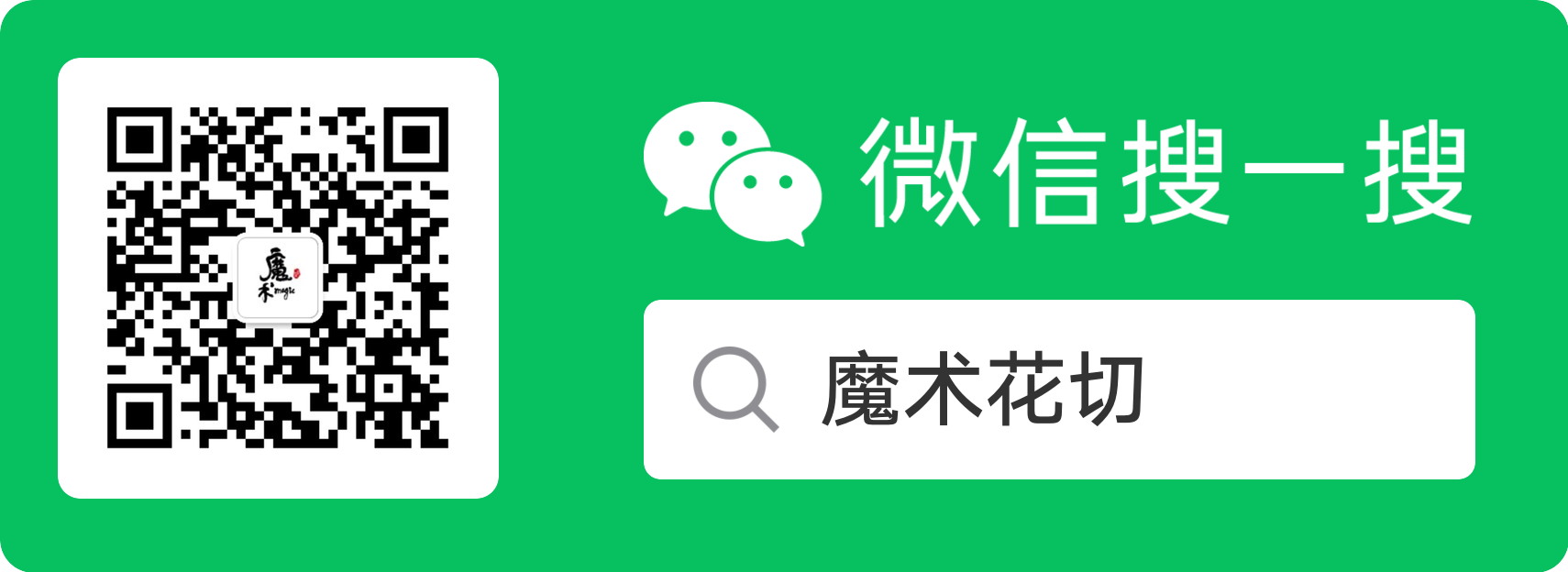The Card and Hat [1] [2]
In Effect.
A borrowed hat is placed upon the table A card is now freely selected and given to a second spectator to hold. Attention is now drawn to the hat, which is shown to be empty, and it is again placed on the table, but crown up. The selected card is then restored to the deck; by the spectator, who is permitted to take the deck in his own hands. The performer now exercises very remarkable powers by first determining the name of the selected card, and then causing it to wing an invisible flight from the deck to a position beneath the hat on the table, where it is found by a spectator.
Sleights.
Top Change and Palm.
Execution.
Borrow the hat first and place it rim up on the table. Have a card selected by spectator on the left. Take it from him with the right hand, and when turning to spectator on the right, make "Top Change," and request second spectator to hold the card between his two palms; which will prevent him from looking at it. Now palm top card in right hand and give deck to first spectator to hold. Step towards table, getting glimpse of palmed card, and pick up the hat with right hand, fingers well inside, thumb across rim, calling attention to the fact that it is empty, and showing the inside. Now turn the rim down and place the hat again upon the table, working the palmed card up along the inside with the fingers, and releasing it as the hat is laid down. Care must be taken to leave no crimp in the card.
Now take deck from first spectator, request second spectator to hold it in the hand that happens to be uppermost. Then take the card from his other hand and insert it in the deck, and have spectator shuffle thoroughly.
As the action is now complete, make by-play of determining the name of the drawn card, by tracing the very faint impression that it left on the palm of spectator who held it; and cause it to speed from the deck, under the hat, visibly if desired, expressing surprise that no one sees it going, and have spectator raise the hat to prove there is no hocus-pocus.
参考《The Classic Magic of Larry Jennings》84-87页的The Card in the Hat。 ↩︎
This Erdnase effect appears to be based on "To Pass a Card Through a Hat" on pp. 116-117 of Hoffmann's Tricks With Cards. Hoffmann refers to it as "a very little trick" and adds that, "It is scarcely impor- tant enough to form an independent item of a programme." This i s true of the Hoffmann version which consists merely of having a selection returned to the deck, palming it, then loading it under a hat using the same handling described by Erdnase. What the original Hoffmann effect lacks is the Erdnase subtlety described below, that of switching the card so that it may be loaded while the spectator believes he still holds the card. Erdnase has also added the byplay of reading the spectator's card from his h a n d to a d d to the entertainment value of the effect. These elements make the difference between Erdnase's miracle and Hoffmann's "little trick." Once again we see that Erdnase was not just mindlessly copying effects out of earlier works. ↩︎


